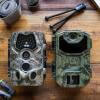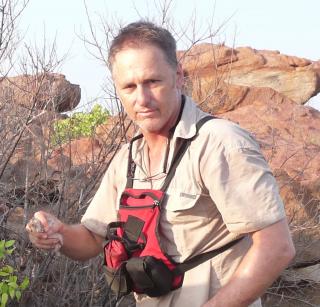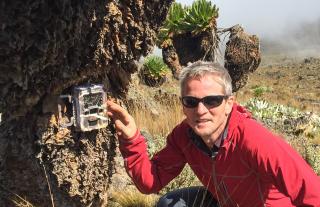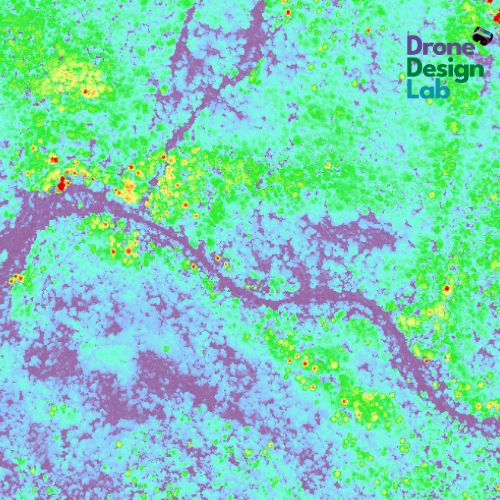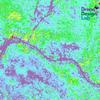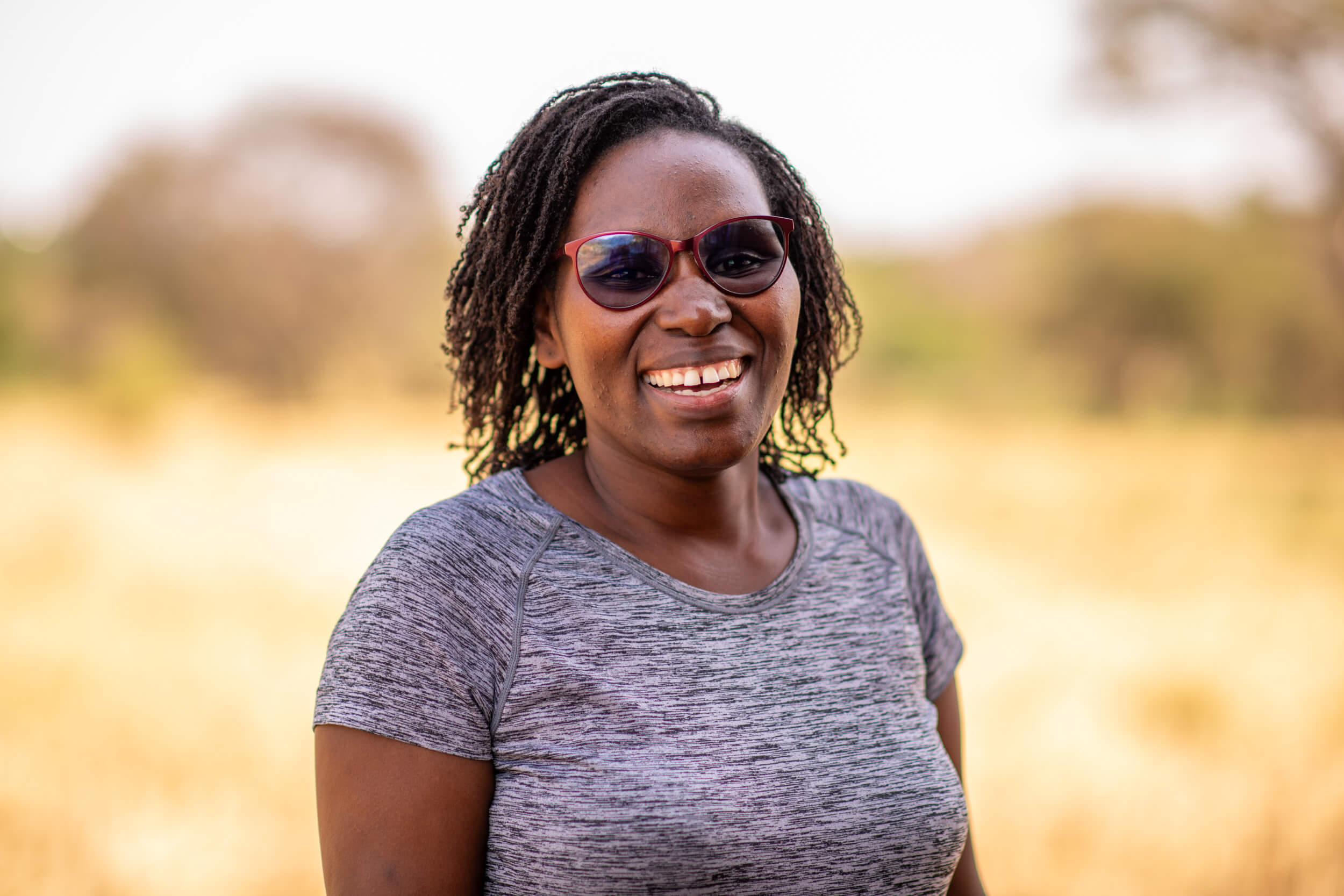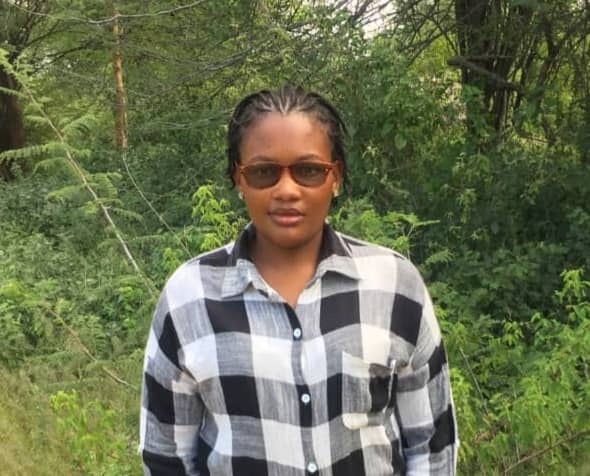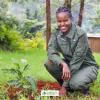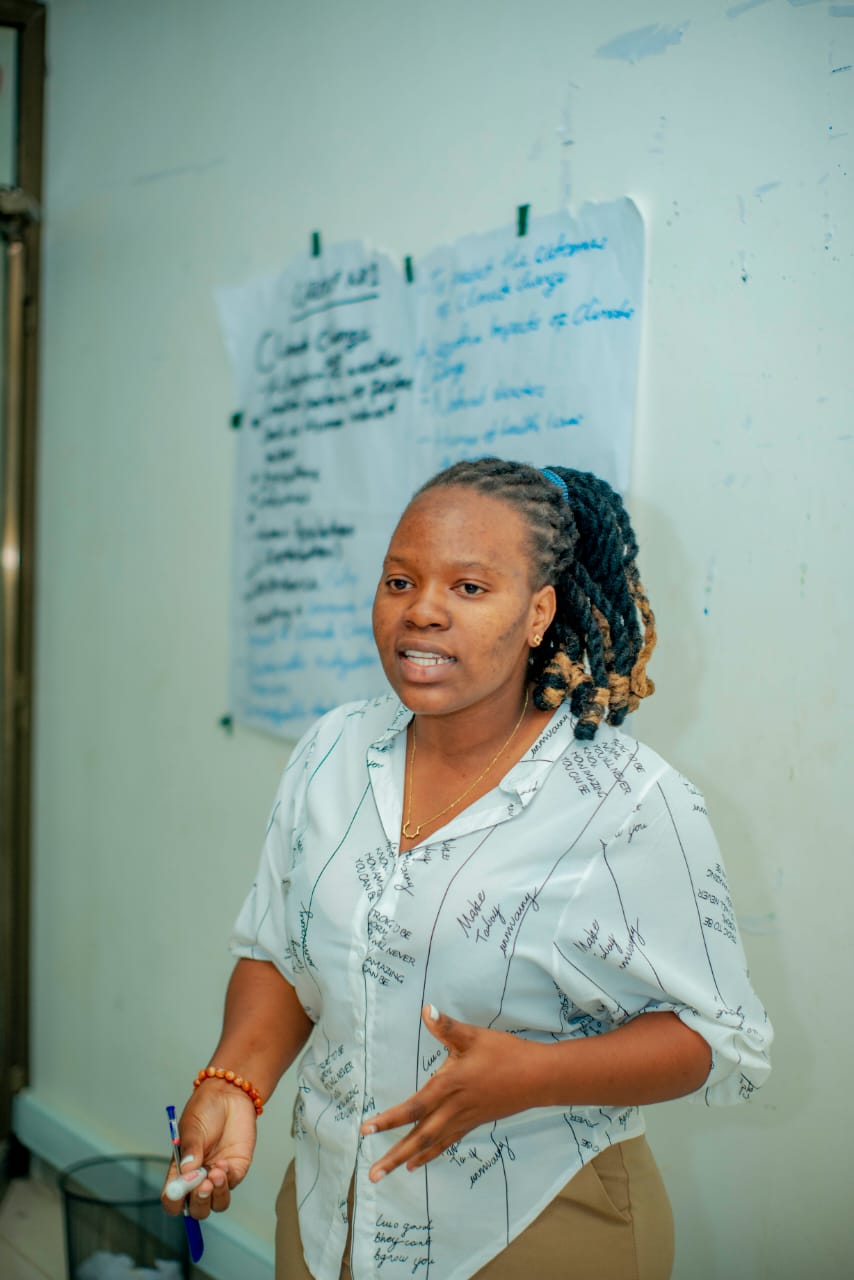Human-wildlife conflict is a shockingly common problem, often with enormous consequences for both individual animals and entire populations.
When human-wildlife conflict comes to mind, you may immediately think of wildlife crime instead - which isn't wrong, since many regions with wildlife crime problems like poaching are also areas where people may frequently deal with human-wildlife conflict, causing the two issues to go hand-in-hand. But human-wildlife conflict is a much broader issue encompassing many ways that human presence and interference can cause problems for us and animals alike. Human-wildlife conflict includes:
- Elephants trampling a farmer's crops, resulting in retaliation
- New real estate developments infringing on ecosystems where predator species live, leading to predators having less territory and less food, which in turn leads to predators attacking domestic animals and livestock
- Freeways dividing the territory of animals like mountain lions, leading to wildlife venturing into neighborhoods or being killed by cars
- Lead bullets used in hunting causing scavengers like condors to die of lead poisoning
These are just a few examples of how humans can negatively impact wildlife, and it's clear to see how many of these scenarios could escalate. Human-wildlife conflict solutions don't just include ways in which we can prevent these issues (for example, through tracking predators, monitoring populations' territories, or building barriers and wildlife crossings monitored by sensors), but also the ways in which we can help people connect with wildlife and care about learning to live alongside them.
If you're interested in solutions that can prevent human-wildlife conflict, join this group and get to know the people who are working to protect and save species around the world!
Header image: Casey Allen on Unsplash
- @heiabb02
- | she/her
Early Career Wild Felid conservationist with BS in Biology & Zoology
- 0 Resources
- 0 Discussions
- 6 Groups
- @Kathinja
- | He
A Geography Graduate with a keen interest in Geographic Information systems(GIS), a climate enthusiast, sustainable development, conservation effort and green technologies
- 0 Resources
- 1 Discussions
- 7 Groups
- @SareachChea
- | Sareach
Conservation International
I graduated in Ms of Entomology, and currently I work with Conservation International Cambodia as Biodiversity and Science Senior Coordinator.
- 0 Resources
- 0 Discussions
- 7 Groups
- @ImaniWilson
- | She / Her
Zoology with a placement year graduate from Bangor University. Interested in large African mammal movement and behaviour in response to climate change, particularly African elephants
- 0 Resources
- 0 Discussions
- 13 Groups
- @ryanhuang
- | He/Him/His
Conservation scientist based in Pretoria, South Africa
- 0 Resources
- 0 Discussions
- 6 Groups
Neuroscientist & engineer looking for a data/R&D role in conservation.
- 0 Resources
- 0 Discussions
- 17 Groups
An Environmental sciences and Management graduate from SUA, passionate and eager to drive change to the Environment, making World a better place for present and future generations.



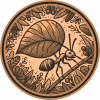

- 4 Resources
- 35 Discussions
- 14 Groups
- @hyodopenguin
- | she/her
I am currently a rising junior at UC Berkeley studying data science. I hope to apply data with biodiversity, especially by utilizing camera traps for species classification. People in conservation tech are truly living my dream careers, and I can't wait to get even more inspired!

- 0 Resources
- 5 Discussions
- 23 Groups
- 0 Resources
- 0 Discussions
- 12 Groups
- @tsmstrat
- | she/her
- 1 Resources
- 2 Discussions
- 4 Groups
- 0 Resources
- 0 Discussions
- 10 Groups
Spanish veterinarian interested in wildlife conservation
- 0 Resources
- 0 Discussions
- 14 Groups
Funding
The European Space Agency is calling for Kick-Start ideas to leverage space technology for wildlife protection. Three main topics of interest have been identified: 1) Wildlife monitoring, tracking and inventory, 2)...
5 July 2017
In this From the Field interview, we speak to Eric Becker, a conservation technology engineer at the World Wildlife Fund US. He talks about his work in technology design and the key challenges he's experienced...
22 May 2017
In this From the Field interview, we speak to Dr. Raman Sukumar, a world renowned expert on Asian elephant conservation. He shares his thoughts on how technology could be used for mitigating elephant-human conflict, and...
5 April 2017
The Camera Traps group is one the most active in our community, with members keen to discuss approaches to data management and processing, study design, and new software and hardware developments. Indeed, the top entry...
23 March 2017
In our new From the Field series, we're speaking with WILDLABS members to discover how they use technology in their work. Through these interviews we will be showcasing the variety of technologies our members are...
22 March 2017
Are you ready for this year's #Tech4Wildlife Photo Challenge? In anticipation, we're counting down our ten favourite entries from last year. Do you think you can top these?
1 March 2017
Carpathian shepherd dogs have been reintroduced to the Zarand Landscape Corridor to guard livestock and help mitigate human-wildlife conflict in Romania.
28 February 2017
The Conservation Leadership Programme (CLP) is a training and capacity building programme that targets individuals from developing countries who are early in their conservation career and demonstrate leadership...
21 November 2016
Technology by itself will not save pangolins or elephants, but it can help make major progress.
14 November 2016
Article
The internet has a long love affair with cat pictures, but these aren’t your mom’s internet cats. Now internet cats are getting even bigger and wilder. In this article, Dr. Lisa Feldkamp talks about the work Panthera is...
26 October 2016
Holohil Systems is now accepting applications for grants to support the purchase of wildlife tracking equipment of up to CDN $2,000 from the Holohil's own product line. Applications are welcome from any geographical...
20 July 2016
Sharing personal 'best of' animal pictures is a favorite pastime of many camera trappers. A prolific camera trapper himself, Roland Kays has pulled together more than 600 images collected by 152 researchers from 54...
18 July 2016
June 2025
event
July 2025
October 2025
event
April 2024
event
February 2024
32 Products
3 R&D Projects
40 Organisations
Recently updated products
Recently updated R&D Projects
Recently updated organisations
| Description | Activity | Replies | Groups | Updated |
|---|---|---|---|---|
| Oops, sorry about that. I wrote a reply a few weeks ago, and I am pretty sure I clicked the button, but apparently something went wrong. So, another attemptThank you for your... |
|
Community Base, Conservation Tech Training and Education, East Africa Community, Funding and Finance, Human-Wildlife Conflict, Latin America Community | 6 months 2 weeks ago | |
| I did a short presentation on our work with the polar bear alarm in the Wildlabs Variety Hour October 30th.It can be found here : https://www.youtube.com/watch?v=zr2Q8bUJZ8U... |
|
Human-Wildlife Conflict, AI for Conservation | 7 months ago | |
| Thanks, we know they are breeding these animals here, I asked, since it's seems to be an expensive hobby, we need to allocate more funding for rural women in entrepreneurship and... |
|
Acoustics, Animal Movement, Citizen Science, Human-Wildlife Conflict, Protected Area Management Tools, Wildlife Crime | 7 months 1 week ago | |
| 180m is indeed very high and from above. I think a 640x512 thermal sensor with a 70mm lens can see animals at at 180m from sideways and could recognise something as a deer, but... |
+11
|
Drones, Human-Wildlife Conflict | 7 months 1 week ago | |
| I would love to see my bat detector designs in use in Africa - drop me a line, let's see if we can get something to happen - I'm pipistrelledetector at gmail dot comhttp://www.... |
|
Citizen Science, Acoustics, Conservation Tech Training and Education, Human-Wildlife Conflict | 7 months 3 weeks ago | |
| Odor based methods would be interesting. Provided they didn't need to be replenished too often.We find varied stimulus prevents habituation. |
+6
|
AI for Conservation, Conservation Tech Training and Education, Emerging Tech, Human-Wildlife Conflict | 7 months 4 weeks ago | |
| Dear Alex Rood,Thank you so much for the advice. I’ll make sure to regularly check the career openings on resources page. I appreciate your support. |
|
East Africa Community, Community Base, Early Career, Human-Wildlife Conflict | 8 months 2 weeks ago | |
| Thank you so much! Now everything is in the hands of amazing organizations and companies! But the first results of the Disaster Management cohort are bringing a very optimistic... |
|
AI for Conservation, Climate Change, Early Career, East Africa Community, eDNA & Genomics, Emerging Tech, Ending Wildlife Trafficking Online, Human-Wildlife Conflict, Open Source Solutions | 9 months 3 weeks ago | |
| @cmwainaina please take a look |
|
Animal Movement, AI for Conservation, Camera Traps, Connectivity, Data management and processing tools, East Africa Community, Emerging Tech, Ethics of Conservation Tech, Human-Wildlife Conflict, Marine Conservation, Protected Area Management Tools, Geospatial, Sensors, Software Development | 10 months ago | |
| Hi @nyangetamagesa , i'm so grateful for our input. |
|
Human-Wildlife Conflict, Data management and processing tools, East Africa Community, Women in Conservation Tech Programme (WiCT) | 10 months ago | |
| Thank you so much Adventina for sharing this wonderfully knowledge with me. |
|
Human-Wildlife Conflict | 10 months 1 week ago | |
| I will start by asking: What will the future of conservation be if all the incentives do not hit the jackpot????In recent years, we have... |
|
Conservation Tech Training and Education, East Africa Community, Human-Wildlife Conflict | 10 months 1 week ago |










